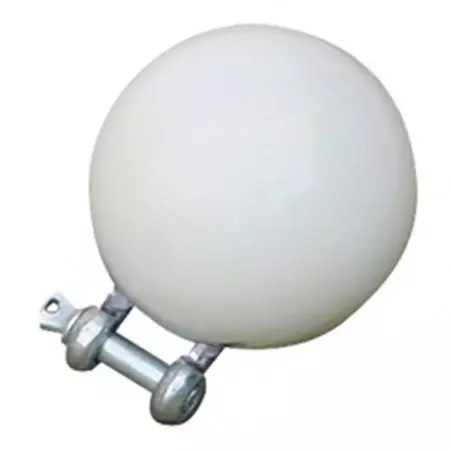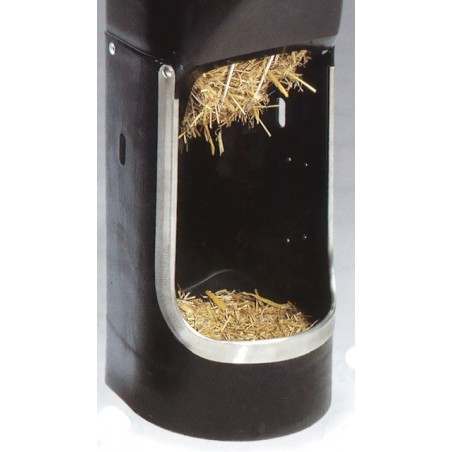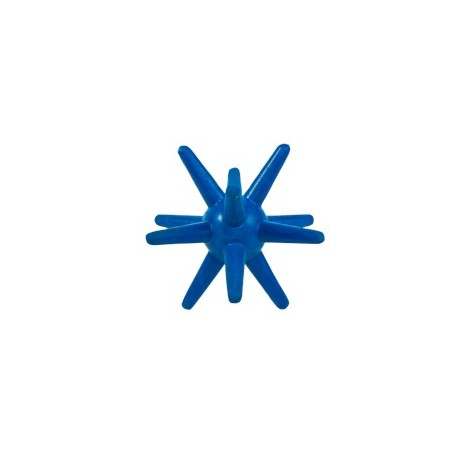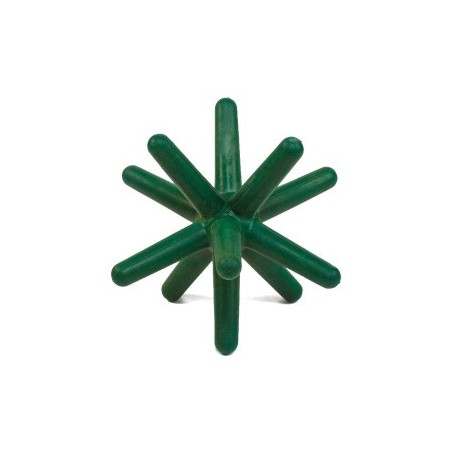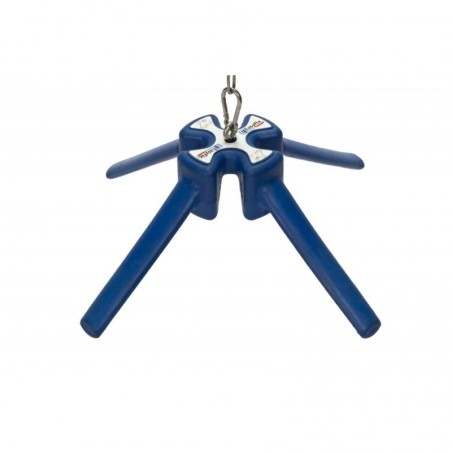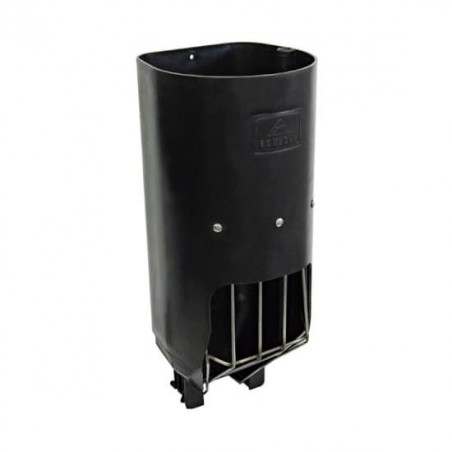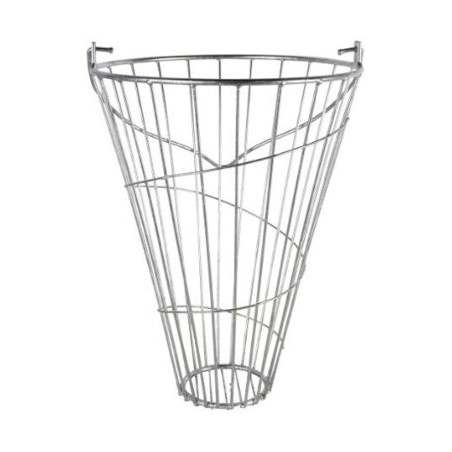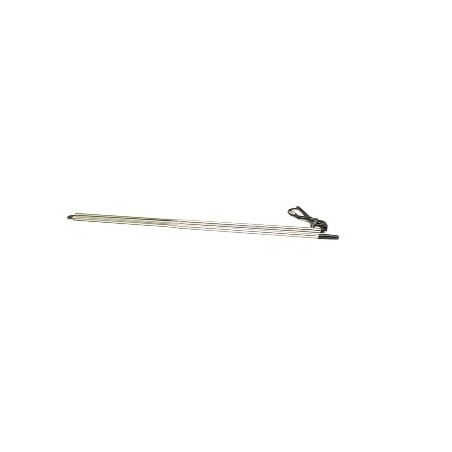Based on the experiences of our 4 veterinarians representing some of the most important global swine production regions (i.e. Germany, North America, China, and Spain), tail biting is currently one of the most concerning multifactoral problems for the industry. In the first article of this series, we learned about the various geographical perspectives on this problem. We also learned that, although access to substrates, such as hay, is important for satisfying the exploration and chewing behavior of the pigs, several other factors should be considered for tail biting. The lack of a single clear cause makes the problem frustratingly hard to control. During this second article, we will review the different strategies that the authors use in the face of a tail biting outbreak as well as the on-going preventive measures that they recommend to their producers on a daily basis.
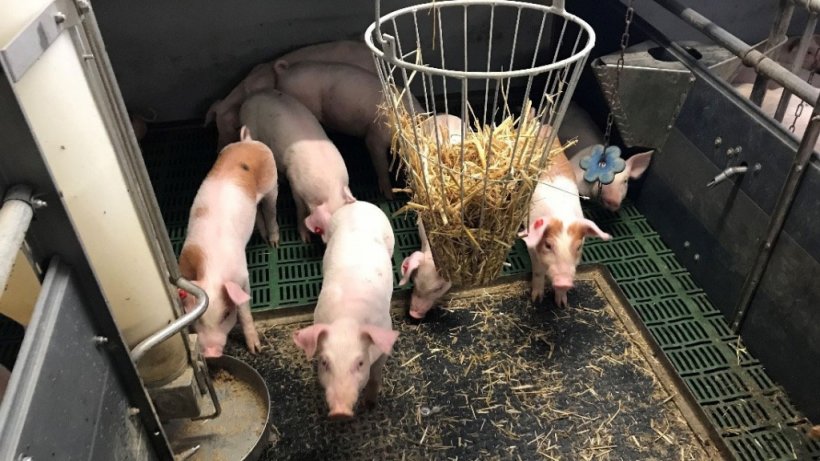

In the face of an outbreak, all authors agreed that a review of the density and environmental conditions are the first action that they complete with the care giver. Based on their opinion, this is very often the root of the initial cause. After this initial step, Vidal, Böhne, and Pitkin all recommend the addition of manipulable materials to the pens with the goal of reducing stress and redirecting the attention away from the injuries of other pigs. Manipulable materials were reviewed in Article 1 of this series (Pic1). At this point, Vidal, from Spain, also considers increasing the inclusion rate of salt in the feed with the aim of increasing the sensation of satiety. Next, injured animals with active bleeding are treated and he also suggests the use of rubber bands in the tip of the tails just anterior to the injured tissue as the fastest strategy to stop the bleeding. Various simple devices are available in the market for the easy application of the rubber bands. Remember, it is important to highlight that they are removed before any further damage to the tail is caused or unnecessary pain is caused. Böhne remarks that, in Germany, since rubber bands are not allowed, the most important step is to separate the wounded animal into another pen, treat with painkillers and antibiotic therapy, and to identify and separate the biting animal when identified. Pitkin advises her producers to add magnesium oxide to their feed to help calm the pigs in the face of an outbreak. Other strategies that she highlights, in addition to the manipulable materials, includes water soluble electrolytes and antipyretics whenever there is the suspicion of pathogen involvement (Pic 2).
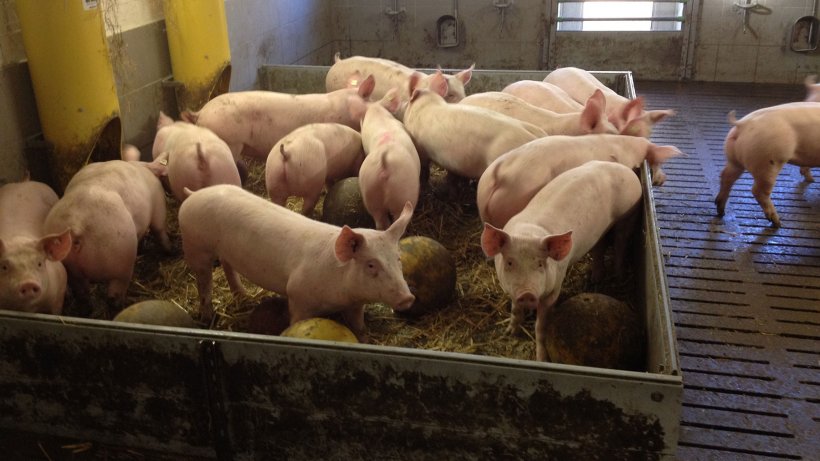
In addition to the tail biting preventative measures previously described, our veterinarians had other suggestions. Based on previous experience, Vidal’s group pays special attention to the offspring from specific breeds with a large percentage of Large White genetics, as well as those from certain Pietrain lines. Böhne, Wang and Pitkin agreed that a variable pig flow is one of the most important factors to prevent. Wang, a Chinese consultant, highlights the importance of continuously checking his client’s production plan to assure a correct pig flow throughout their facilities. Wang has a special focus on farm management training, and, based on his experience, the most important ongoing strategy is performed by those farmers that assure that their pig flow matches their facilities capacities avoiding bottlenecks due to uneven production and sudden increases in pig’s density. In addition to good pig flow management, Pitkin added that her best preventative measure is to ensure that the most important elements in the farm environment (i.e. feed, water and air) are the right fit for the animals placed in the facility. That simple equation sometimes gets challenged because sow farms are continuously trying to wean as many piglets as possible and production can potentially exceed the capacity of the wean to finish flows. “That has been always perceived as a good problem, however, we need to figure out how are we going to manage those extra pigs: would you sell them?”- says Pitkin. She agrees with Wang that we need to come back to the basics and re-calculate how many piglets we should be placing in specific farms or how we can keep the flow as consistent as possible. She believes that practices like double stocking are pushing those very important rules, and when they get very severely stretched, is when we have these type of vice outbreaks.





